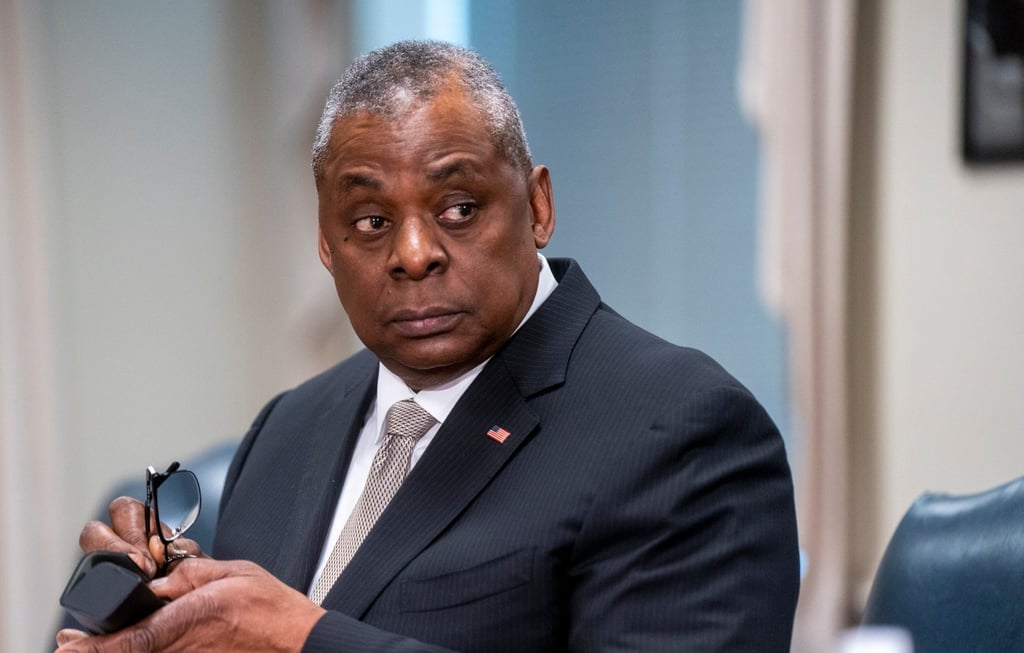Advertisement
Opinion | ‘Balloongate’ showcased US gunslinger approach to foreign policy
- Washington attempted to call Beijing about the balloon only after it had shot it down – and then proceeded to shoot down another three objects
- A policy of ‘shoot first, ask questions later’ may prove to be an expensive farce when executed in US airspace, but could be catastrophic if applied over the South China Sea
Reading Time:3 minutes
Why you can trust SCMP
17

In the wake of “balloongate”, it appears the United States has expended more than a million dollars using US$439,000 missiles to shoot down three unidentified objects, including what may have been a US$12 hobbyist’s balloon. Apart from the farcical aspect of this incident, it highlights the worrying development of a gunslinger approach to foreign policy.
Advertisement
The gunslinger holds a unique and treasured place in American cowboy mythology, dispensing instant justice often before all the facts are known. It is this aspect of the United States’ sudden balloon-phobia that is most disturbing, because it reveals a heightened sense of insecurity and overreaction. Such a pattern of shoot first and ask questions later, applied in a wider context, signals a dangerous new phase of global instability.
Recent events have been compared to the 1962 Cuban missile crisis in terms of the need for an effective means of communication in times of crisis to avoid misunderstandings becoming catastrophic. Such a hotline already exists between the US and China but it appears that the gunslinger approach to foreign policy has destroyed its effectiveness.
The idea of the crisis hotline was that it would be used to defuse a situation before any action was taken, or to convey the threat of action. Such a hotline was first set up between the US and the Soviet Union in the wake of the Cuban missile crisis to speed up communication between US president John F. Kennedy and Russian premier Nikita Khrushchev during an emergency.
However, the hotline was not used to defuse a situation before action was taken, or to convey the threat of action, in the recent situation involving the Chinese balloon in US airspace. China turned down the US request for a call between US Secretary of Defence Lloyd Austin and his Chinese counterpart Wei Fenghe, later explaining that this was because the hotline was deployed only after the US had destroyed the balloon off the coast of South Carolina. From the available media reports, it appears Austin did not attempt to discuss and resolve the issue in the week before the balloon was shot down.

There is little point in having such a discussion after the event. The hotline is designed to be used before action is taken, but the new gunslinger foreign policy turns this approach on its head.
Advertisement

Advertisement
